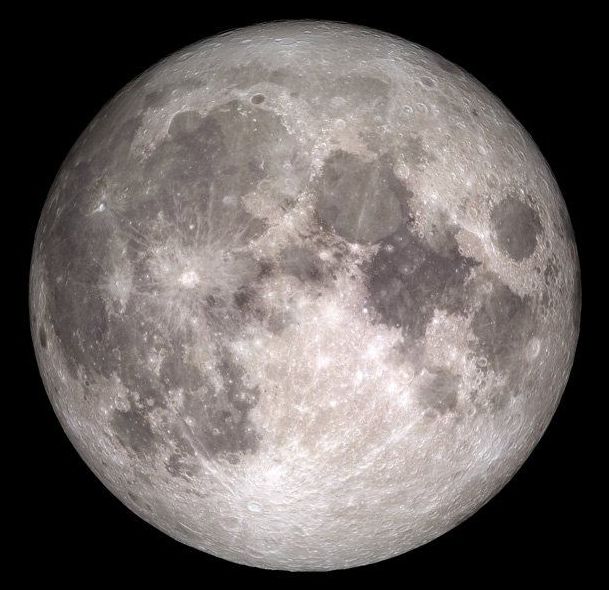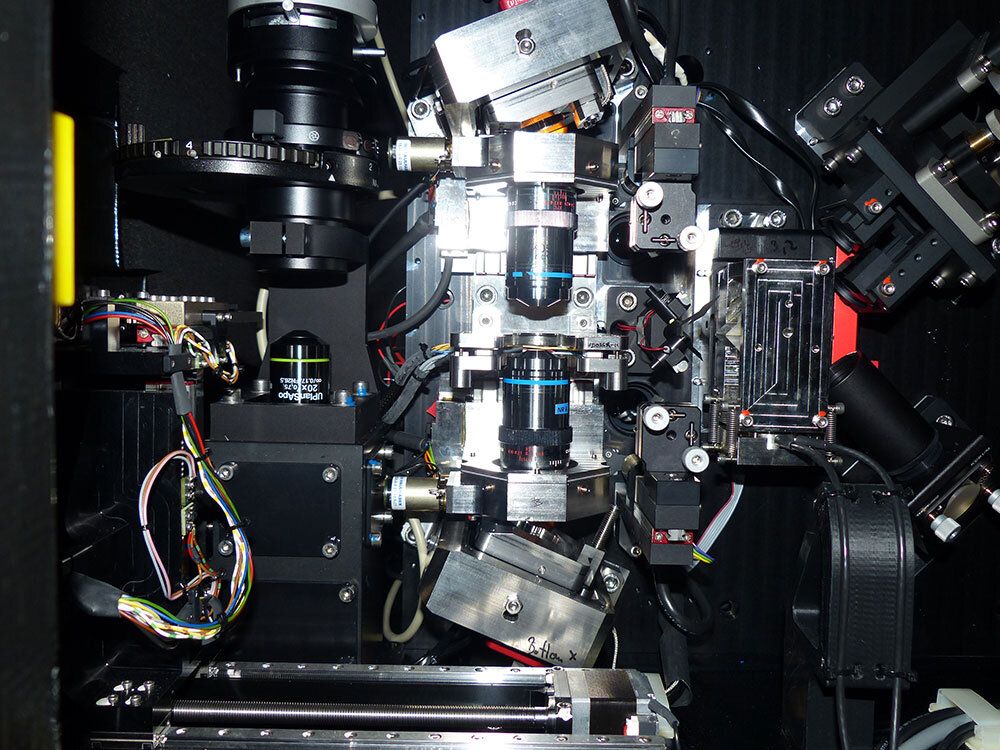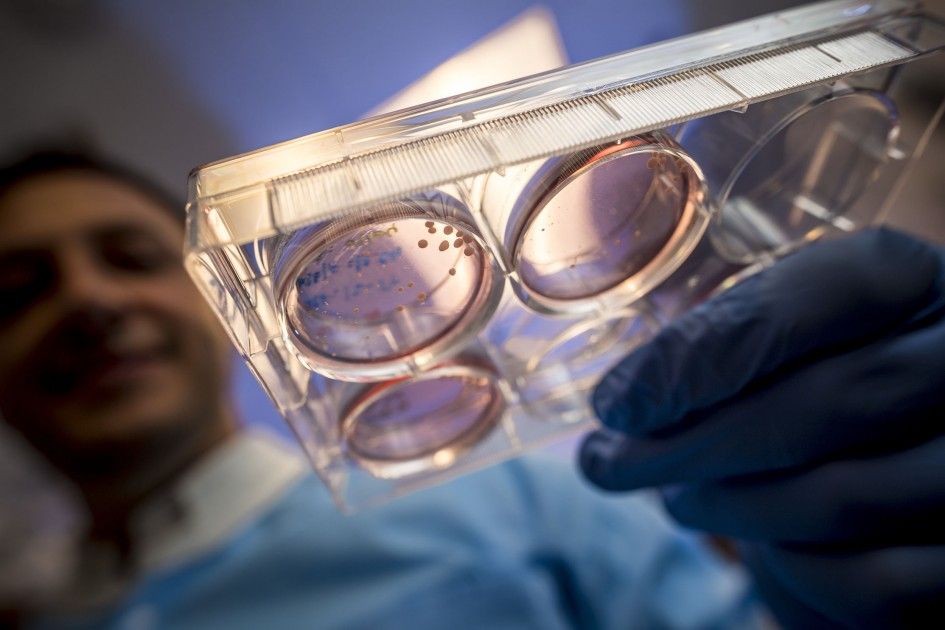The California DMV set the rules for driverless light-duty vehicle testing on public roads on Tuesday. Among other things, the autonomous trucks and vans must have a link to a remote operator, or a human safety driver on board.


Can A.I. make music? Can it feel excitement and fear? Is it alive? Will.i.am and Mark Sagar push the limits of what a machine can do. How far is too far, and how much further can we go?
The Age of A.I. is a 8 part documentary series hosted by Robert Downey Jr. covering the ways Artifial Intelligence, Machine Learning and Neural Networks will change the world.
You choose — watch all episodes uninterrupted with YouTube Premium now, or wait to watch new episodes free with ads.
Check out YouTube Premium at: https://www.youtube.com/premium/originals
See if Premium is available in your country at: https://support.google.com/youtube/answer/6307365
With Artemis, men and women will sustainably work and live on another world for the first time! Using the Moon as a proving ground for living on Mars, this next chapter in lunar exploration will forever establish our presence in the stars. ✨
We are returning to the Moon – to stay – and this is how we’re going.

United Launch Alliance s countdown is underway in preparation for liftoff of an Atlas 5 rocket from Cape Canaveral Friday at 6:36 a.m. EST (1136 GMT) with Boeing s Starliner crew capsule on an unpiloted Orbital Flight Test to the International Space Station.
LIVE COVERAGE: https://spaceflightnow.com/2019/12/18/atlas-5-av-080-starlin…us-center/

The Philippines will experience this year’s longest night on December 22, with peak darkness slated around midnight, state weather bureau PAGASA said.
4 h


This study involved 4,717 participants from two different community-based cohorts. A meta-analysis of both cohorts showed that elevated sCD14 was associated with a 12 percent increased risk of dementia as people got older. Higher levels of sCD14 were also associated with accelerated brain aging in both cohorts, a faster progression of age-related brain atrophy, and a more rapid decline of executive functions.
The authors sum up their findings: “sCD14 is an inflammatory marker related to brain atrophy, cognitive decline, and incident dementia.”
“Higher levels of sCD14 were associated with markers of brain aging and injury, such as total brain atrophy and a decline in executive functioning—the decision-making needed for many activities of daily life,” first author Matthew Pase, of the Florey Institute for Neuroscience and Mental Health in Melbourne, Australia, said in a news release.

The human immunodeficiency virus, or HIV, wages war in our bodies using a strategy evolved over millions of years that turns our own cellular machines against themselves. Despite massive strides in understanding the disease, there are still important gaps. For years, scientists at the University of Utah wished there was a way to visualize how the virus and its molecules interact with human cells in real time. So, a research group developed one.

